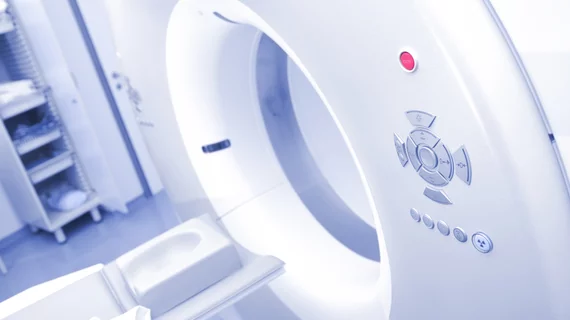A Stanford University initiative to make MRI equipment more child-friendly has led to the development of smaller, more lightweight coils that could have positive implications for patients both young and old, according to a recent Q&A.
Science writer Erin Digitale talked to pediatric radiologist, biomedical engineer and Stanford radiology professor Shreyas Vasanawala, MD, PhD, for Stanford Medicine News. Vasanawala has been adapting MR technology to young patients’ needs for around a decade in an effort to eliminate the need for anesthesia and radiation during pediatric imaging.
“We’ve been collaborating with engineers from UC-Berkeley to create new designs and production methods for highly flexible and lightweight MRI signal-receiving coils tailored to children’s bodies,” Vasanawala told Digitale. “Standard coils are larger than children need, making them unnecessarily heavy and uncomfortable. Larger-than-necessary coils also pick up extra noise or interference, reducing the image quality.”
The smaller coils also enhance the performance of PET-MR, he said, and can benefit adult patients by making small-scale lesions more accessible for biopsy.
“Not every adult is a thin, 6-foot male,” Vasanawala said. “The new equipment will help us meet more patients’ needs.”
Read Vasanawala’s full interview on Stanford’s site:

